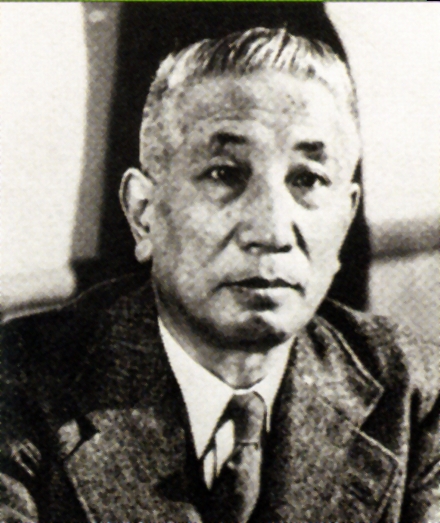- Kojima Masajirō
Infobox Writer
name = Masajirō Kojima

caption = Kojima Masajirō
birthdate = birth date|1894|1|31
birthplace =Tokyo ,Japan
deathdate = death date and age|1994|3|24|1894|1|31
deathplace =Kamakura, Kanagawa ,Japan
occupation = Writer
genre = children's literature, novels
movement =
notableworks =
influences =Nagai Kafu ,Mori Ōgai .
influenced =nihongo|Kojima Masajirō|小島政二郎 (
January 31 ,1894 –March 24 ,1994 ) was anovelist active in theShowa period Japan .Biography
Kojima was born in the plebian Shitaya district of
Tokyo to a family of clothing merchants. While attendingKeio University he studiedEdo period Japanese literature and the works of European authors. He was especially attracted to the works ofNagai Kafu andMori Ōgai . His literary career began as a student, when he contributed short stories to the journal of Keio University's literature department, "Mita Bungaku ".After graduation in 1918, he worked with
children's literature , editing theliterary magazine , "Akai Tori" ("Red Bird"), and writing tales for children.However, Kojima established himself as a mainstream author with serious, adult-orientated stories, such as "Ichimae Kanban",("One Card") based on the life of a professional storyteller, and "Ie" ("Family"), the story of relatives who were forced out of their home. He later gained a reputation as a writer of popular fiction with such stories as "Midori no Kishi" ("Green Knight"), "Kaiso" ("Seaweed"), and "Hitozuma Tsubaki" ("Tsubaki, a Married Woman"). As many of his works dealt with human relationships, his writings were a favorite of movie directors and script writers.
His "Ganchu no Hito" ("Centre of Attention"), a semi-documentary work on his awakening to the possibilities of literature was almost a history of
Taishō period Japanese literature , and was highly praised by the famed authorsNatsume Sōseki andKikuchi Kan .After
World War II he wrote a number of biographical works, including "Taifu no Me no yo no" ("Like the Eye of a Typhoon"), (later retitled, "Suzuki Miekichi"), "Ogai, Kafu, Mantaro", about the three writers he respected, and "Encho".Kojima lived briefly in Kamakura,
Kanagawa prefecture in the 1930s but returned to Tokyo shortly afterwards. He returned to Kamakura in 1944, where he lived till his death in 1994 at the age of 100. He served many years on the review committee for theAkutagawa Prize and theNaoki Prize .ee also
*
Japanese literature
*List of Japanese authors External links
* [http://www.city.kamakura.kanagawa.jp/bunka/bunjinroku/kojima_e.htm Literary Figures from Kamakura]
Wikimedia Foundation. 2010.
